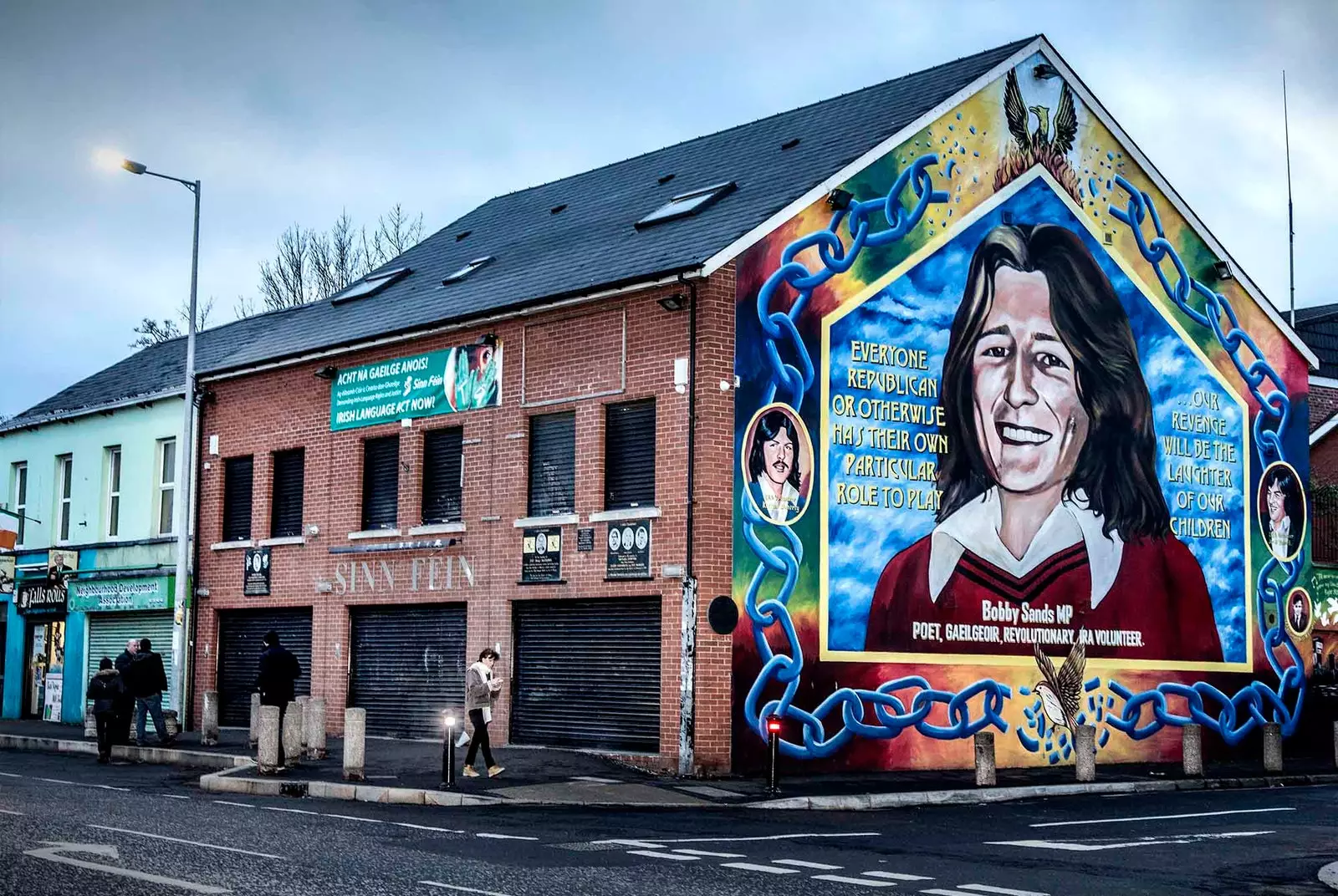
Belfast's murals have a long history
How healthy the clash of drinks in bars. How naive and common that toast with the fellow bartender, whether he is known or not. We are used to it here. We hand out the glasses to the first one who asks for it. More if the spark of alcohol already rides through our body. There would be nothing abnormal, therefore, that Danny Devenny and Mark Ervine light up a cigarette while stamping their pints in an alley of Belfast , so given also to that ethylic immersion without prejudice. It wouldn't if we didn't understand that the capital of Northern Ireland is a divided city, drowned its history under a conflict that has pitted two communities against each other and in which segregation predominates. in groups of friends, family or simple tavern drinkers.
Devenny and Ervine, however, let their Guinness sit for the recommended few minutes for it to rise to the foam and chat like any regular in the Duke of York , mythical venue of the Belfast scene. They lavish themselves on jokes, sitting in the air, with a temperature that drives cats away, chaining tobacco rolling papers. Each one comes from some of the most guerrilla areas of the city: Falls and Newtonyards , to the west and east of this city of 300,000 people. They are both artists. They paint murals in a land where the walls have been the reflection of the troubles , word under which they are condensed 3,600 deaths , thousands of broken families, half a century of isolation and fences that still mark the anatomy of the city.
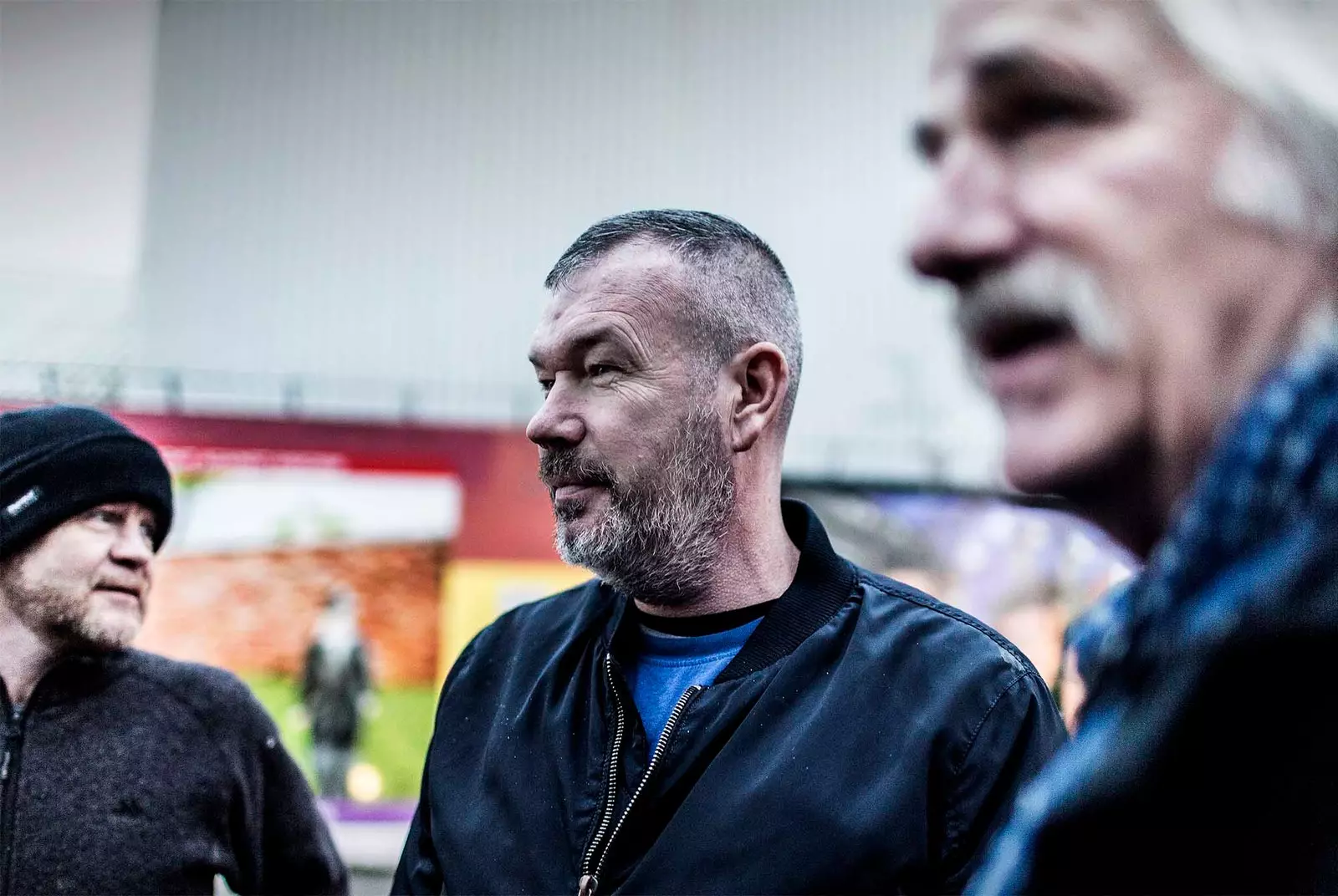
From left to right: Marty Lions, Michael Dohert and Danny Deveni
Its walls have always been the means of expression. Both for Protestants or unionists, defenders of Ulster belonging to the United Kingdom, as well as for Catholics or nationalists, who advocate independence. From haranguing the struggle and claiming their own culture to defending causes such as the Palestinian or the Kurdish. The paintings serve a sobering function. M they mark the identity, serve as propaganda, adorn each row of houses marked by different colors: the red, white and blue of the English flag or the green, white and orange of the Irish. Talking about street art in Belfast raises laughs. It's a modern thing. And they are not to appear on designer covers.
Circumstances, however, have changed. And the activity of these artists, with them. The Good Friday Agreement , in 1998, marked the beginning of negotiations to end the violence and get the terrorist group **IRA (Irish Republican Army) ** and the paramilitary formations to lay down their arms. Almost two decades later, the neighbors enjoy a palpable calm. Without attacks and with a new generation raised in peace, drawing shotguns are meaningless. “Belfast's current challenges are the same as any other Western city: job opportunities, deteriorating health, lack of education and apathy ”, analyzes peter mcguire , a social worker with more than two decades of experience uniting youth and prisoners from both communities.
“Right now they are a cultural celebration: there are scenes of music, sports, national heroes… I don't think the murals will die or change substantially, but the audience is another ”, reasons Ervine, 46, second pint in hand. Not so long ago, recalls this puppy from the unionist stronghold, the military presence was the norm. “We would print whatever was on the forefront of the media or the political parties,” she says, “and go to the people in the neighborhood, to influence them. Nothing was done outside. There was a lot of contempt for the rest. That has turned into a dialogue and in a certain history lesson for the youth”.
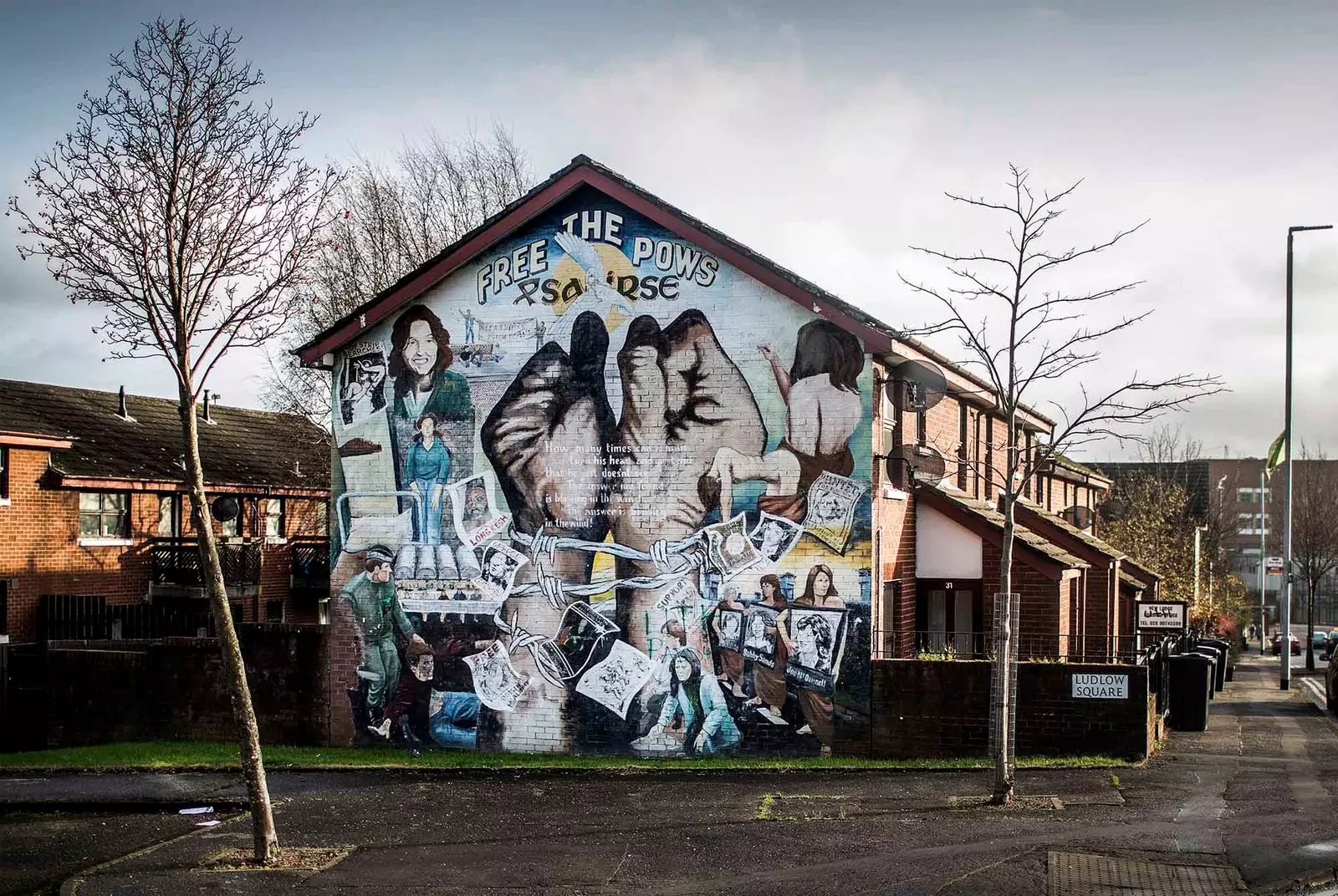
The murals have become a dialogue and a certain history lesson for the youth
A few meters from the house where he grew up, a sniper takes aim at whoever he crosses in front of his peephole and some sculptured shadows remind us of the builders of the Titanic, built at the beginning of the 20th century thanks to the local quarry. Nothing to do with what is observed in fallsroad, nationalist artery, where a tribute to Fidel Castro, some phrases of Nelson Mandela or concern for climate change They are selfie background. “We have always tried to be more subversive and open ”, explains Devenny, architect of several of this Wall of Peace, as he calls himself. “Many times we start them without a draft, head first. Y we change them from time to time ”. Before the pub, this 54-year-old Northern Irishman spent the afternoon reviewing one of the union building WhiteUnion. "It is not mandatory, but we have our pride," he said.
"Political moves" is what they used to paint Marty Lions, Michael Doherty or Mark Knowles In its early days, in the early 1980s . Allusions to the Basque Country, to Mexican Zapatismo … this catholic clique moves in similar parameters. "We are all in the same fight," they justify. Some IRA symbol, some insult to the Brits, too. At 56, 50 and 55 years old they have varied their theme. Not the speech of him, his bully: “ I erased many and I repainted them ”, says Lions, who enlisted in the youth of the Sinn Fein (nationalist political party) and received more than one beating from the police. “They financed them and we did not. Now they continue to paint masks and shotguns: that's not right”, he resolves. “Its function is to educate, so that young people know what happened. We have to tell the story, highlight where we come from. And it is significant that let's not sign them , because this is not something individual but collective”, they agree. "We all have a role to play, and we chose this one."
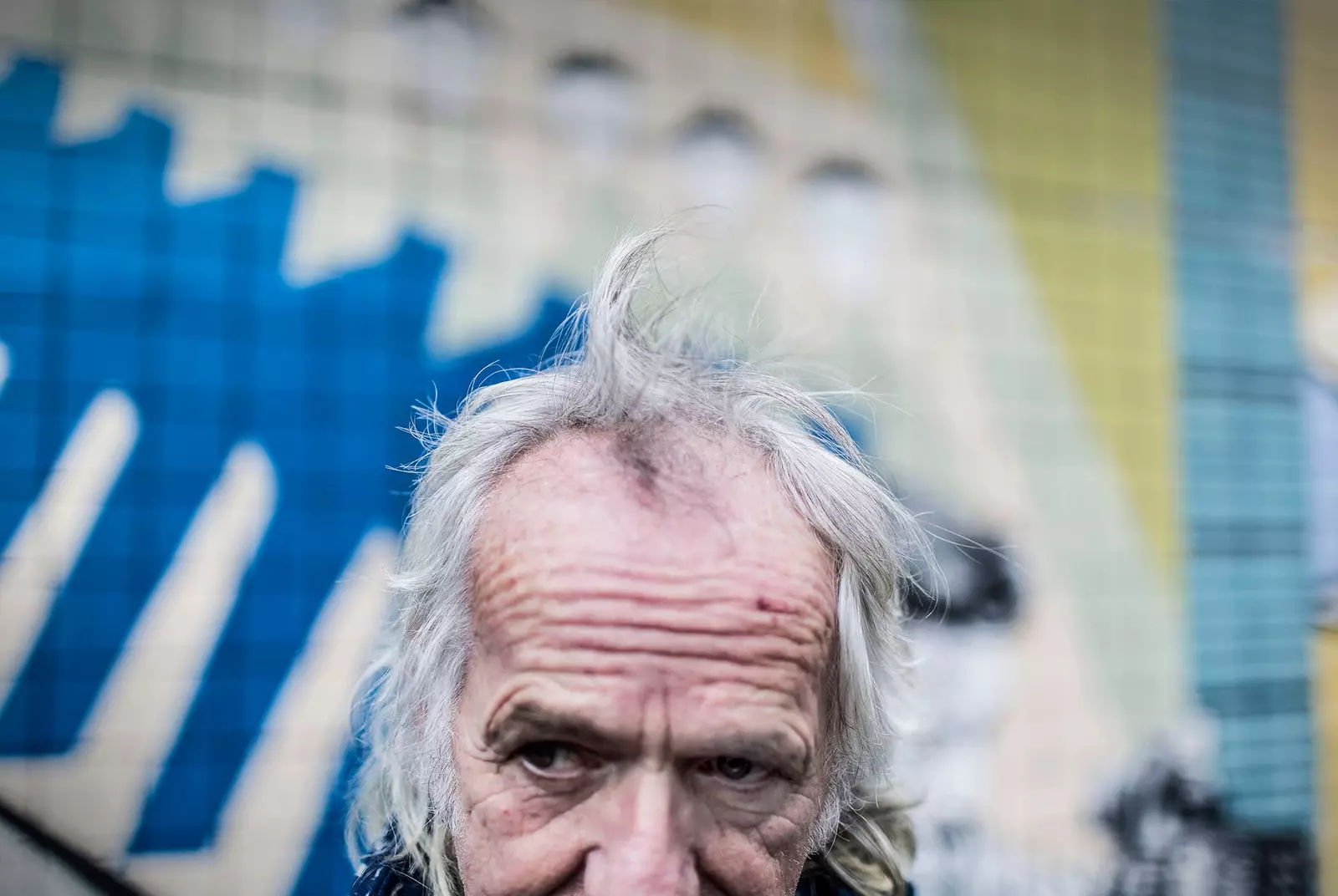
Devenny, creator of several paintings of the 'Wall of Peace'
As part of the process, the remodeling of the city is framed. Its traditional image of danger, shown in cinema and literature, its climate and the absence of powerful claims discouraged visitors. . Since the beginning of the century, efforts to change this reflex have congealed in an attempt to Guggenheim with the avant-garde titanic museum wave pedestrianization of the river Lagan . In turn, circuits of bars, routes through key points of the troubles and "safaris" through the murals have emerged. According to municipal data, throughout 2018 Belfast hosted 9.5 million visitors , with an economic impact of 870 million pounds (about 1,000 million euros) and 10,000 jobs. The students, moreover, have begun to choose the classrooms of Queen's University , which already has almost 25,000 students. And the natural flow of things - with the gentrification of neighborhoods and the homogenization of franchises - has pacified the historic center, a neutral zone for mutual enjoyment.
And the future of these paintings? Reply Bill Rollston , emeritus professor of sociology at the aforementioned university. “Many are leaving it. There have been ups and downs and of course they are no longer the same. For some they mean nothing. Others hate them, especially if they live in the area ”, He advances him in front of –this time- a coffee.
Author of three books that study the evolution of murals for decades, Rolston differentiates between unionists and nationalists in their levels of identity and capacity for change: “ Catholics adapt better because they have always wanted to communicate more things . At the end of the eighties they decided not to paint weapons, only memorials or historical photos”, explains the specialist, author of several books on the situation in Northern Ireland. “The loyalists have never boasted existential views, only political ones. They have not had any maturity: they have focused on themselves. They have no civil concerns and their range is empty of ideas. Also, they think they control the world and their re-enactment of episodes going back to World War 1 makes them less appealing,” Ronston concedes. “Whatever happens, I would not want to continue seeing guys pointing at me from the walls”.
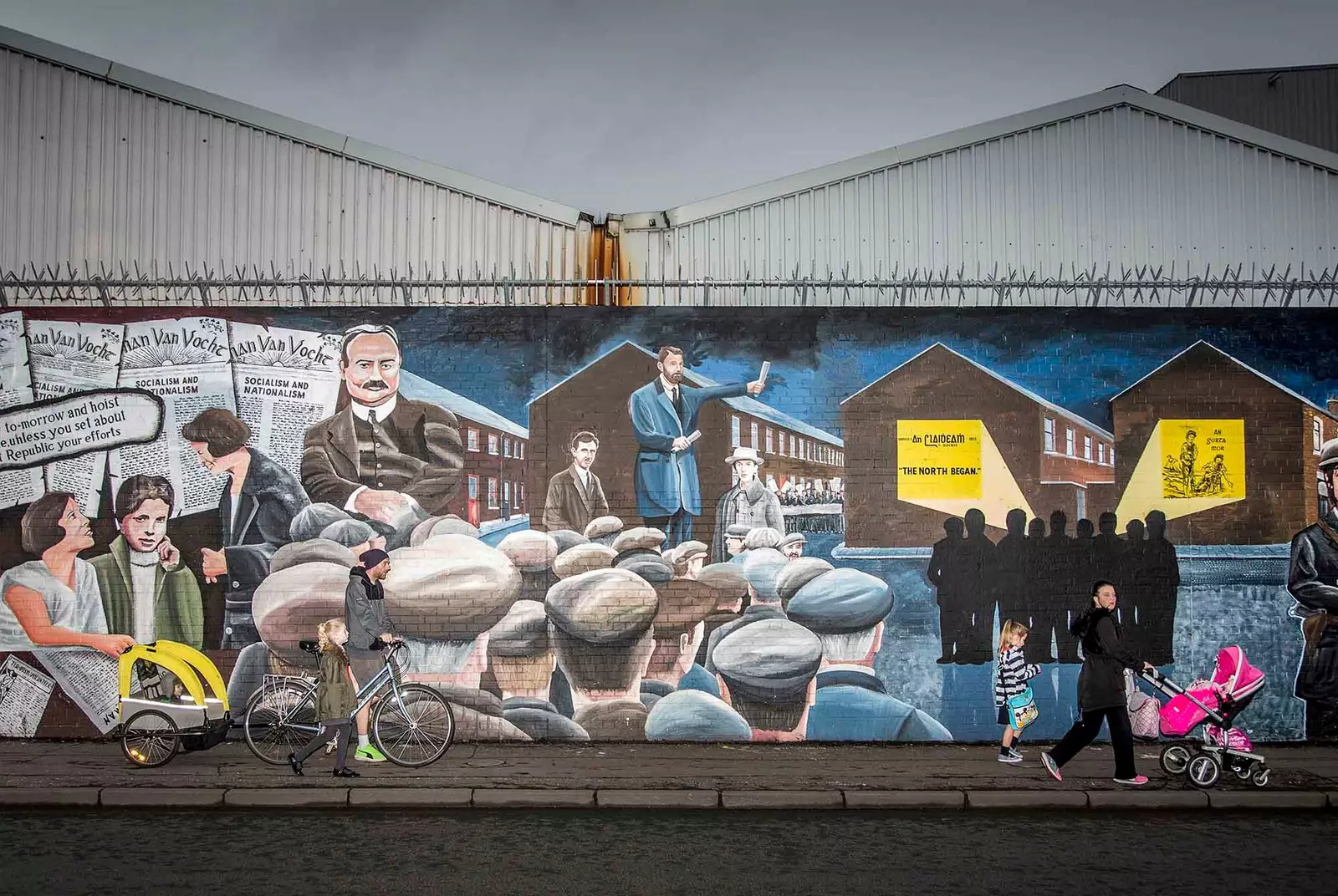
"For some, these paintings mean nothing. Others hate them"
It is hard to imagine the disappearance of this atavistic trait of Belfast. The murals not only trace recent history but are sold on postcards or T-shirts and brighten walks through the clone suburbs of exposed brick. Social evolution has been accompanied by a lack among artists. They know each other, but there is no collective that protects them. Lately, official meetings have been organized (such as the one that brought Mark and Danny together for the first time, ten years ago) and workshops to promote this heritage. “ The future is to paint everyone in all areas of the city. Although to fully establish peace, the normal thing would be to stop making murals, because that would normalize them and keep them there. í”, weighs the creator and performer charlotte bosanquet . “There have been initiatives and it is seen that on the walls of the center you are beginning to see more artistic ”. Is the mentality of the people changing? "Nope. What happens is that history is becoming more rigid.
"It has gone from intimidation to effort or pride," says David McDowell, for whom still walking through enemy streets if you are "on the other side" can be somewhat terrifying . “They are an inseparable part of the city,” admits this Londonderry artist. At 33 years old, growing up surrounded by these pictures, he argues, has marked his way of drawing. “Its huge scale and vibrant colors have inspired me since I was little. When he didn't understand the messages it was just an aesthetic issue. Now, with greater knowledge of the political situation, I continue to remain neutral and look at them from a merely artistic perspective, focusing only on their contemporaneity”.
And what greater fun than appreciating the change. That the party walls be filled with colors, even if there are 'untouchables', such as Bobby Sands at the Sinn Féin headquarters or the faces of the hunger strikers in the buildings on New Lodge Road. Kevin Duffy, veteran resident of this street - short sleeves, skinny jeans at the corner of his lips - also appreciates the change in his own façade, decorated with a sports mural and a European subsidy stamp. "They paint it every so often," he blurts out disdainfully. “I would have preferred a Picasso, but it couldn't have been”.
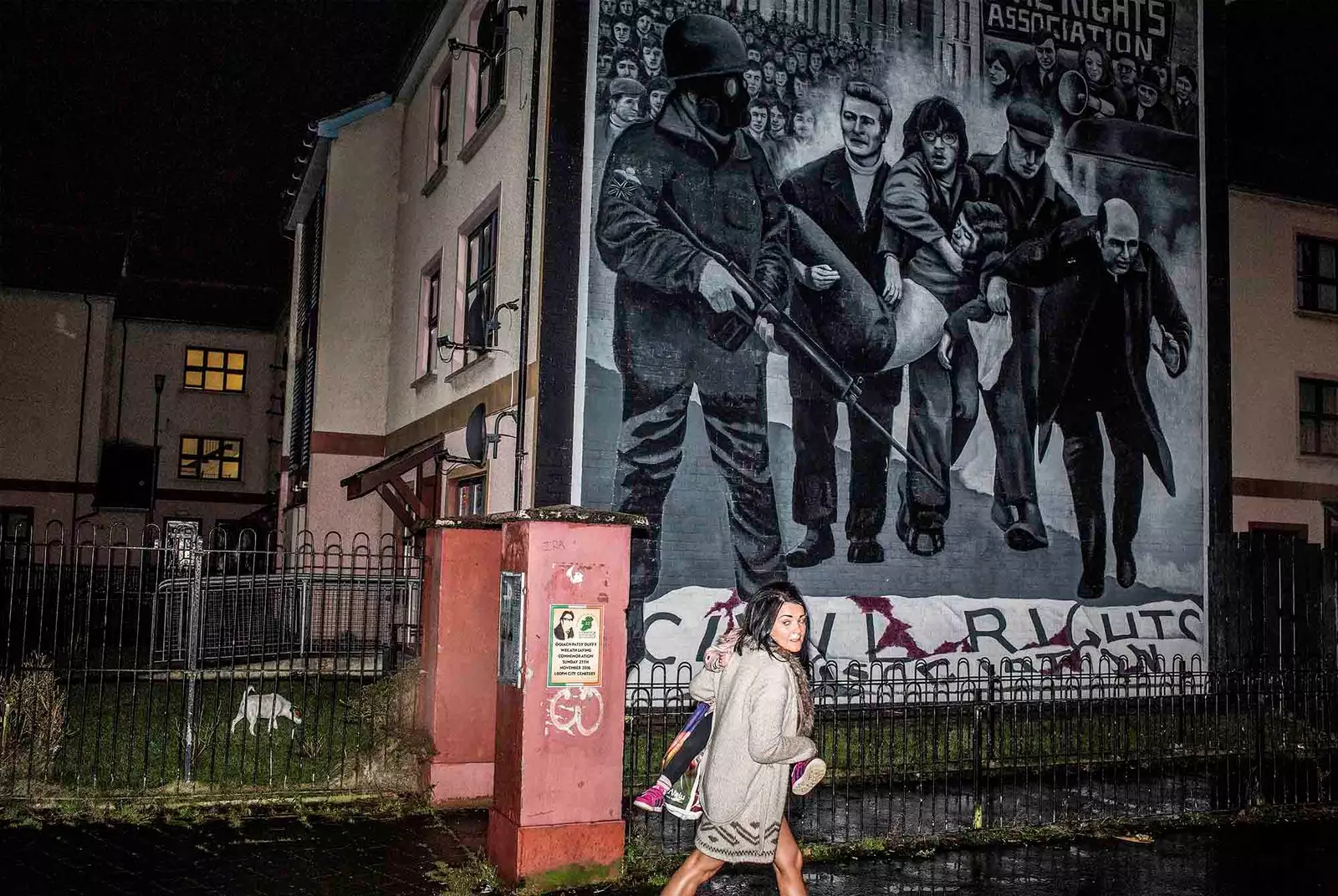
It's hard to think of Belfast without its murals
